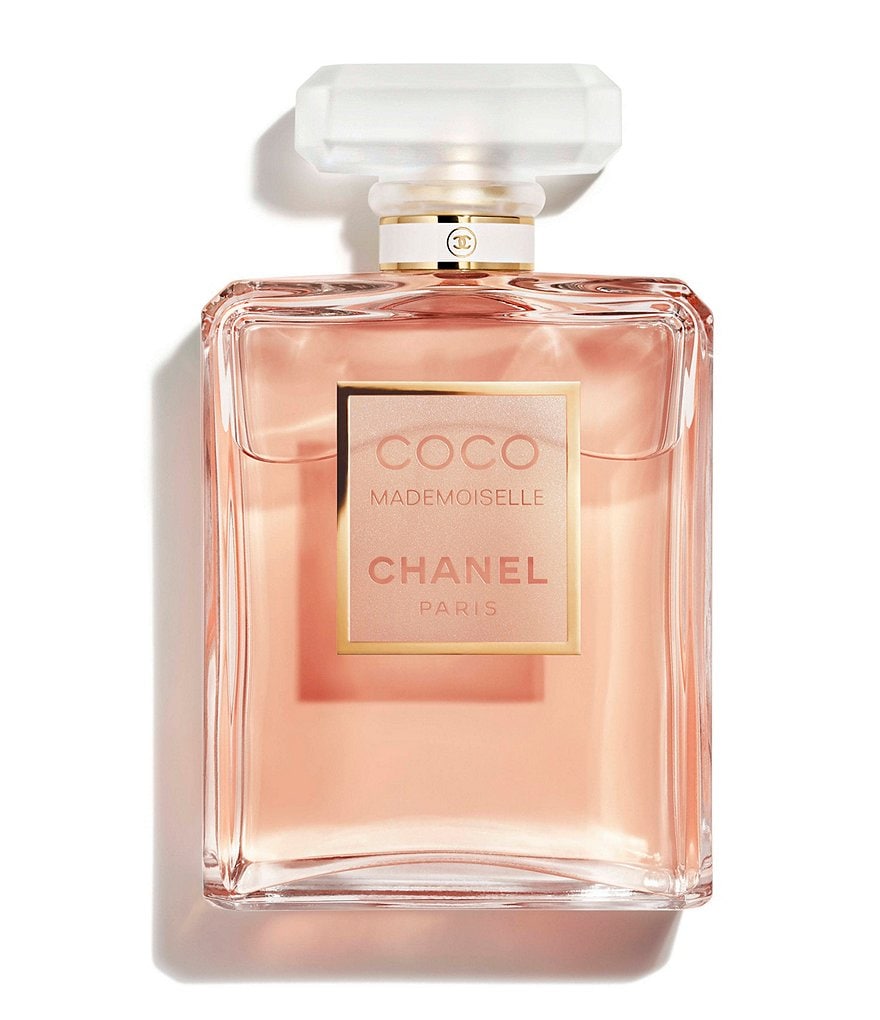Blitz News Digest
Stay updated with the latest trends and insights.
Chanel: Where Elegance Meets Rebellion
Explore how Chanel redefines fashion by blending timeless elegance with bold rebellion. Uncover the magic behind this iconic brand!
The Revolutionary Spirit of Chanel: Breaking Fashion Norms
The revolutionary spirit of Chanel emerged in the early 20th century when Gabrielle Bonheur Chanel, often known simply as Coco, disrupted the traditional fashion landscape dominated by restrictive garments. By introducing a more relaxed style that embraced comfort without sacrificing elegance, Chanel transformed women's clothing. Her iconic designs, such as the Chanel No. 5 perfume and the classic Chanel suit, symbolized a break from the past, allowing women to express their individuality and strength.
Chanel's legacy is marked by her fearless approach to fashion norms, particularly with her revolutionary use of jersey fabric, which was previously associated with men's underwear. This choice not only changed the texture of women's clothing but also represented a significant shift toward practicality and functionality. As she once stated, “In order to be irreplaceable, one must always be different.” This belief continues to resonate today, inspiring new generations of designers to challenge conventions and redefine beauty in fashion.

Chanel's Iconic Styles: A Blend of Elegance and Rebellion
Chanel's iconic styles have long been synonymous with a unique blend of elegance and rebellion. Founded by Coco Chanel in the early 20th century, the brand has consistently challenged societal norms, redefining femininity through innovative designs. One standout innovation was the little black dress, which transformed the way women approached evening wear. Emphasizing simplicity and ease, this piece not only embodied elegance but also broke away from the more elaborate and restrictive styles of the time.
Moreover, Chanel's use of fabrics like tweed and the incorporation of costume jewelry into high fashion showcased her rebellious spirit. This duality in her creations has influenced countless designers, establishing Chanel as a beacon of style that blends sophistication with a dash of audacity. The signature Chanel suit, with its structured yet comfortable silhouette, exemplifies this balance, allowing women to express their individuality while remaining impeccably chic.
What Makes Chanel a Timeless Symbol of Feminine Empowerment?
Chanel has long stood as a beacon of feminine empowerment, transcending the realms of fashion to become a cultural icon. Founded by Gabrielle 'Coco' Chanel in 1910, the brand revolutionized women's fashion by challenging societal norms and promoting a sense of freedom and individuality. Chanel's introduction of the little black dress and her emphasis on comfortable yet elegant designs liberated women from the constraints of corsetry, allowing them to express their identities with confidence. Today, the brand continues to symbolize strength and independence, making it a timeless choice for women who seek to embody these qualities in their own lives.
Moreover, Chanel's legacy is inseparable from the notion of empowerment through luxury and sophistication. The iconic Chanel No. 5 perfume launched in 1921, has become synonymous with femininity, encapsulating the essence of the modern woman. Its bold fragrance and elegant packaging reflect a spirit of rebellion against traditional expectations. Through its designs, Chanel not only celebrates femininity but also encourages women to embrace their authenticity and pursue their aspirations fearlessly. In essence, Chanel is not just a brand; it is a declaration of empowerment, inspiring women to carve their own paths in a rapidly evolving world.